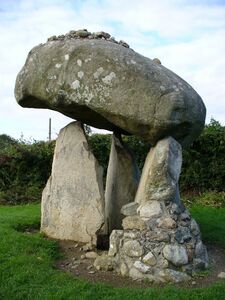
The advice I’m going to give you today doesn’t involve diet pills or potions or any other crazy things you’ll find in your local drug store. It’s not even directly related to exercise, but it is important to help you be a better paddler.
It’s rare that I meet someone who isn’t interested in shedding a few pounds from their frame and canoe and kayak paddlers are no exception. As a paddler, losing a few pounds will help you move more efficiently, improve your endurance, and help you be more comfortable in your boat.
The secret to successful weight loss is energy balance. Weight loss is based on a very simple equation.
Calories in – calories out = excess or deficit
It sounds simple, and in reality, it is. If you eat more calories than your body uses, you gain weight. If you eat fewer calories than your body needs, you lose weight. Just like paddling, weight loss is a balancing act too.
There are factors that complicate this and can affect your results, but ultimately that equation is the most important part. We tend to want to complicate this too much by talking about which specific foods to eat and when, glycemic indexes, supplements, and other stuff. Do a quick Google search and you’ll come across endless arguments on why this approach won’t work and this diet or that diet is the solution.
Ultimately though, mess up that equation and it’s guaranteed that you’ll fail.
The question that’s probably on your mind is “how do I determine the amount of calories I need to eat and what I need to burn to lose weight”.
There are many wearable trackers on the market today. One tool I have used is the BodyMedia FIT. The Body Media FIT gives you a body monitoring device that will track your activity minute by minute to tell you how many calories you’re using. You’ll have access to a website to log your food intake and match that to your calorie expenditure as measured by the monitoring device. I’ve been wearing one for awhile and find the data and results to be very accurate.
An alternative is to use a web-based calculator to determine how many calories you need to eat and then use a web-based service like Fitday.com or MyFitnessPal.com measure and track your intake and expenditure manually. While not nearly as accurate as tracking with something like the Body Media FIT, you’ll have much better information than nothing at all.
Finally, keep a record of what’s going in and what you’re expending. When logging your food, keep in mind that on average we underestimate the amount of calories we eat by 30-50% and overestimate the amount of activity we perform by 20-30%. The more truthful you are with yourself and your logging, the better your results.
Here’s a great infographic that describes the process very well.
Whichever method you use, the key is to make sure you track what’s going in and the energy that’s going out. Yes, it takes time and effort. But anything worth doing is worth doing right, correct?

In teresting reading rather like keeping a journal of food eating